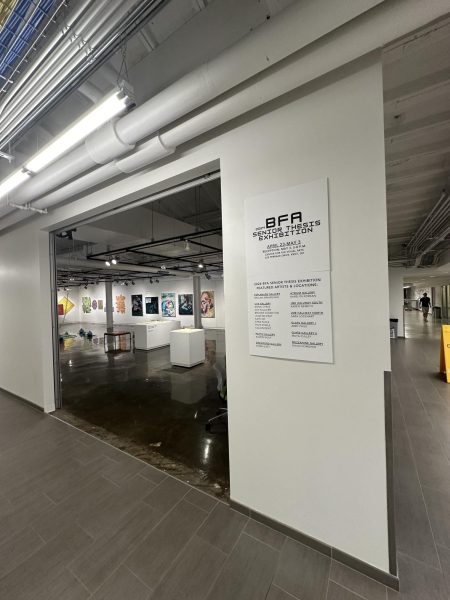Sidebar on May 4/Alumni
August 26, 2018
Remember and reflect
Kathleen Riley Milford, an alumna of Kent State, attended school in the ‘60s, a time characterized by social unrest across the country. In the spring of 1969, the year she graduated as a music education major, she remembers student protesters marching on the Music and Speech Building. Though she admits the details are fuzzy, watching the “Fire in the Heartland” documentary helped refresh the experience permanently marked in her mind. There were demonstrators from previous events storming the building, and Milford was in the “D wing 2nd floor classroom with Professor Virginia Hoge Mead and a children’s music class (maybe 10-12 kids ages 8-11).”
“Demonstrators were able to escape their police lockdown via the elevator in the music end of the D wing halls, but they exited out the east door of the elevator and out of the building via the music loading dock,” she said. “Had they opened the door onto the D-wing hallway they would have been just a few feet from us.”
“When the police came to escort us out of the building we were taken down the north music hall, across the marching band practice field, and across the street to the United Church of Christ where we waited for their parents to find them.”
Reflecting after President Beverly Warren’s lecture on May 4 in Chautauqua, she said,
“I remember thinking this isn’t going to end well,” she said about the protests happening on campus — and she was right. A year later, the day prior to the massacre, Milford was on campus with some friends to visit a professor she had while attending Kent State as a student.
“I remember the National Guard on every corner,” Milford said. “They stopped us just like at the border.”
Remember and renew
Tom Grace, an alumnus of Kent State and one of the injured on May 4, called Warren’s speech “extraordinary.” Grace, a sophomore studying history and political science in 1970, was shot in the left heel, and the bullet exited the right side of his left foot.
Today, Grace teaches history part-time in Buffalo. He is the author of “Kent State: A Legacy of Dissent, 1958-1973.”
Grace expressed he was impressed with Warren and Kent State’s innovative campus outreach closer to the 50th anniversary of May 4.
Grace gives this advice to today’s generation of young students.
“Each generation makes their own history, but at the same time, we can all learn certain things from the past. I don’t think history is the kind of craft or discipline that gives you a blueprint about how to operate on the present. At the same time, I think there are things that students can learn and absorb that will enable them to make more of an impact in terms of addressing the many social ills the country faces.”
“Social change is hard. … The more people who become involved in the effort to bring about change, the more likely people are to achieve it. I think they have to use all manners of tactics in order to achieve that. It can be a petition campaign; it can be a picket; it can be a mass demonstration; it can be impacting an election — all of those things are important.”






















